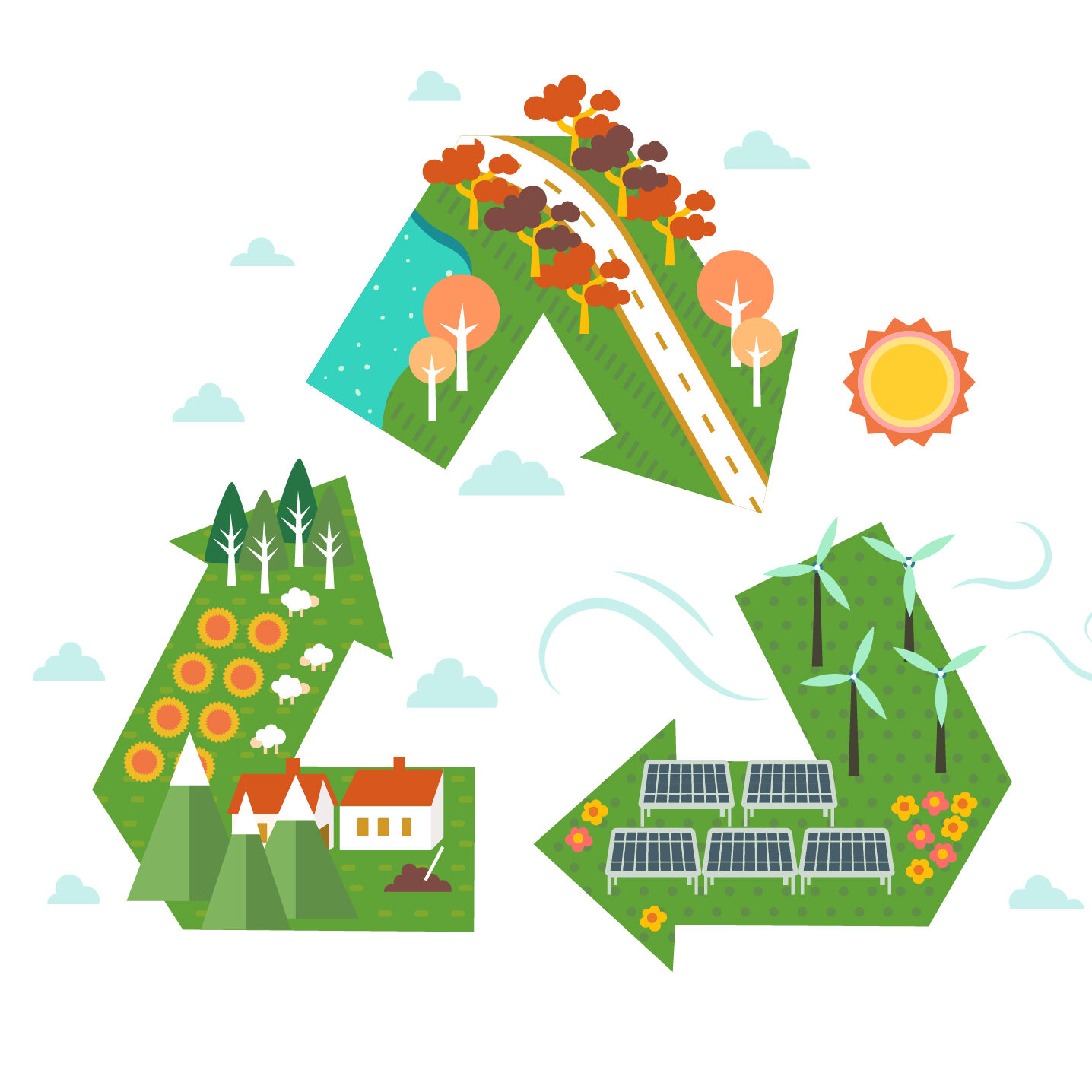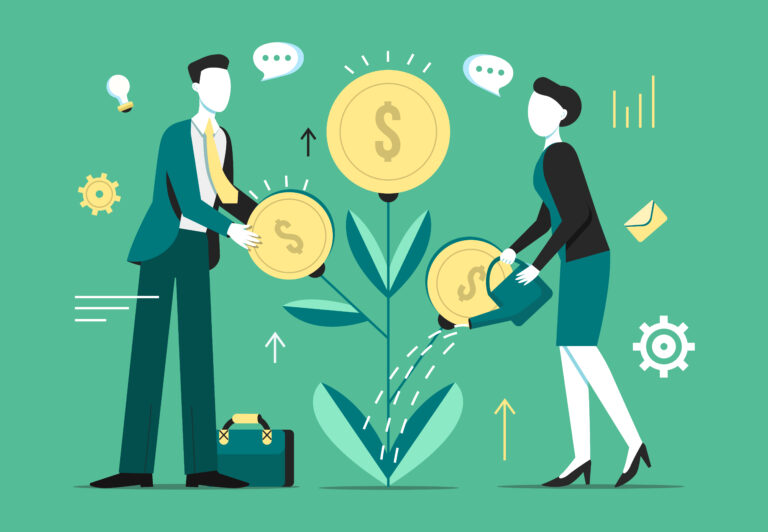Circular Vs Doughnut Economy
Introduction
Recently, there has been a growing global concern about the state of our planet and the urgent need to address issues such as climate change, resource depletion, and social inequality. As a result, alternative economic models that prioritize sustainability and social well-being have gained significant attention. Two such models that have emerged are the Circular Economy and the Doughnut Economy. In this article, I will explore the key principles and differences between these two paradigms, highlighting their potential to reshape our economic systems for a more sustainable future.
Definition
The Circular Economy is a concept rooted in the idea of a closed-loop system, aiming to maximize resource efficiency and minimize waste generation. It focuses on the three R’s: reduce, reuse, and recycle. The primary goal is to decouple economic growth from the consumption of finite resources by promoting the circulation and regeneration of materials, products, and resources. This is achieved through strategies like product lifecycle extension, remanufacturing, and the development of eco-friendly materials and technologies. The Circular Economy aims to eliminate the concept of waste, transforming it into a valuable resource, and ultimately creating a regenerative and restorative economic system.
On the other hand, the Doughnut Economy, introduced by economist Kate Raworth, presents a holistic framework that integrates both social and environmental dimensions of sustainability. The concept revolves around two concentric circles: the social foundation, which represents the minimum standards of well-being for all people, and the ecological ceiling, which sets the boundaries for sustainable resource use. The aim is to create an economy that operates within these boundaries, ensuring that no one is left in poverty while respecting the limits of the planet. The Doughnut Economy takes into account not only the environmental impacts of economic activities but also the social impacts, including inequality and social justice. Amsterdam, the Netherlands was the first city to try and adopt a doughnut economy.
Scope and Focus
While both the Circular Economy and the Doughnut Economy share a common goal of sustainability, they differ in their scope and focus. The Circular Economy primarily addresses resource efficiency and waste reduction, with a strong emphasis on technological innovation and industrial processes. It aims to redesign production systems and supply chains to minimize waste generation and maximize resource recovery. By doing so, it seeks to create a more sustainable and resource-efficient economy.
On the other hand, the Doughnut Economy takes a broader perspective, incorporating social and distributive justice considerations alongside environmental concerns. It recognizes the interconnectedness of social and ecological systems, emphasizing the need to address inequality and social well-being within the planetary boundaries. The Doughnut Economy provides a framework for policymakers to balance economic development with social progress and environmental sustainability.

Complimentary Theories
Despite their differences, the Circular Economy and the Doughnut Economy are not mutually exclusive; in fact, they can complement each other. The Circular Economy can be seen as a means to achieve the objectives of the Doughnut Economy by promoting resource efficiency, reducing waste, and minimizing environmental impacts. By adopting circular principles, businesses can contribute to the larger goal of creating a sustainable and equitable economic system.
Furthermore, the Doughnut Economy can provide a guiding framework for the Circular Economy, ensuring that the transition to a circular model considers social equity and well-being. By incorporating the principles of the Doughnut Economy, policymakers and businesses can ensure that the benefits of a circular economy are shared by all and that environmental limits are respected.
Conclusion
Both the Circular Economy and the Doughnut Economy offer promising alternatives to the current linear and growth-oriented economic model. While the Circular Economy focuses on resource efficiency and waste reduction, the Doughnut Economy takes a more holistic approach, considering both social and environmental dimensions of sustainability. They represent a paradigm shift towards a more sustainable and equitable future. By integrating the principles of the Circular Economy and the Doughnut Economy, we can create an economic system that respects the limits of our planet while promoting social well-being for all. While it is difficult to altogether make a change in the model and principles of economy, an attempt needs to be made to start small and embrace these alternative models so that we can work towards a more sustainable and inclusive future for our planet and its citizens.
Published on January 22, 2024.
Stay tuned for new blogs every Monday!
Follow the iMPACT Magazine on social media for more informative content.
About
Avya Sood is a 19 year old student of Economics and Psychology from Punjab, India. You can reach out to her at [email protected]







